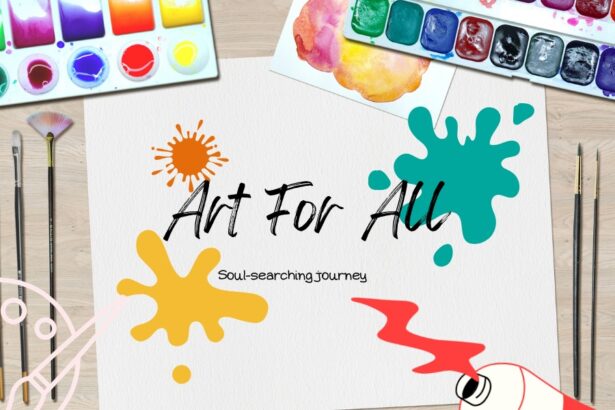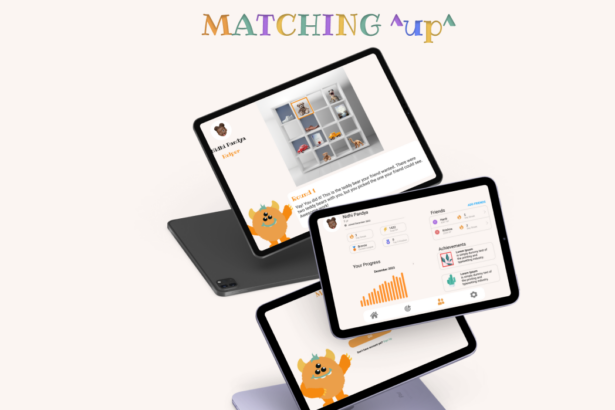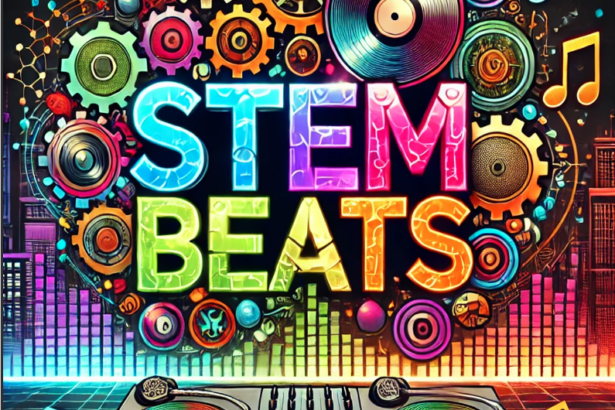Many of us have stories or ties to migration. Whether by choice or not, our ancestors and families have been impacted through this experience. Epigenetics has taught us that our ancestors’ life experiences continue with us in genetic form, so how can we begin to heal the parts of us we have inherited? What happens to those of us who grow up in a new country and are influenced by traditions of our past, and those of our current place?
Through this experience, I want to explore the questions:
- How would knowing our family’s cultural traditions impact our identity formation? How would it inform our decisions and values?
- How can writing be a healing tool for people to express and connect to their ancestral ties?
It is through writing and intentionally learning about where we come from that we can take steps towards processing these experiences. This, in conjunction to prompts about joy, traditions, and values are what the journal experience is all about.
The journal is broken up into 3 parts, personal identities, ancestors and family history, and legacy and values. With prompts designed for middle grades and up, many learners are able to begin this experience from where they are. Using this in the classroom or group space, you can start to foster community by learning about participants and drawing connections to your own experiences.


My intention with this project was to originally build something for me as I navigate being a child of immigrants, teaching children similar to me who interact with different cultures and languages. I wanted to think through the prompts or questions I have had over identity, connection to family that I do not know a lot about. As well as the traditions that have either been lost or deeply integrated into our families’ everyday practices. Moving away was the trigger for many of these wonderings and it made me reflect on how many people might have a similar desire to reconnect to their homeland, families and culture.
In talking with classmates, I realized my experience is not so different from those of other cultures and this is a throughline for many of us. The scope was simple and clear which helped me formulate my prompts. I talked with professors around language, literacy, immigration as well as community members and healers about how people can connect with their indigeneity. A challenge I faced was making the language of the prompts more inclusive as some of the feedback I received was around building for younger kids, and through the experience I felt adjusting the prompt language and having it be bilingual were strategies to make it more inclusive. In the future, I hope to be able to construct the journal in more than English and Spanish.
One of my favorite moments in this design journey was actually getting to test out the journal through a workshop I co-facilitate with two other HGSE students. Our event was on Ancestral Ephemera and the ways we can incorporate art and mediation in our reflective practices. At the end of the event, we reflected on the page we each chose to work on, how we incorporated the ephemera, and our feelings that we had on the topic. Even days later participants were connecting with me on how they have started asking more questions to their family members or sharing more memories with them.

It is my hope this journal can be a tool or avenue toward recognizing your power and the strength you have inherited.



